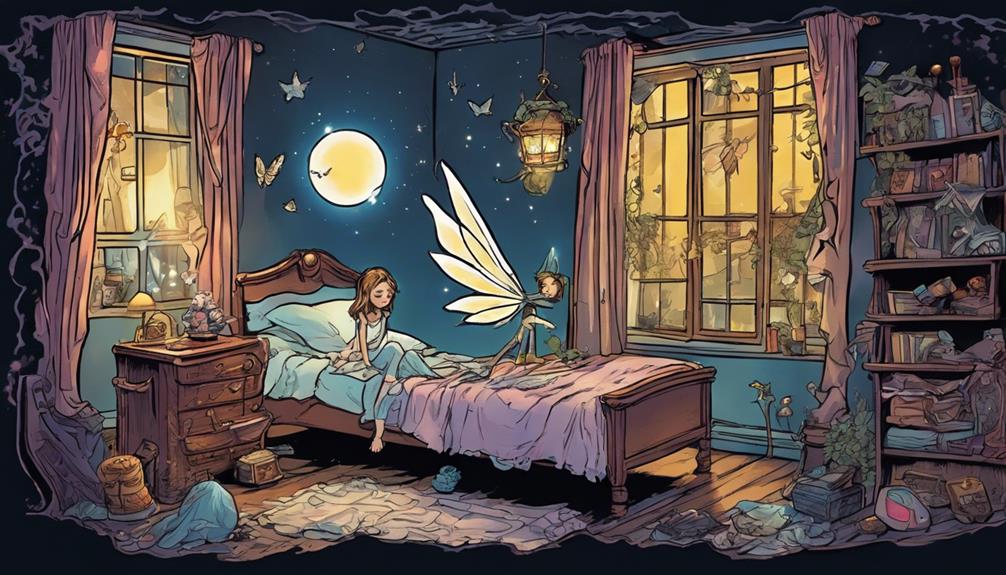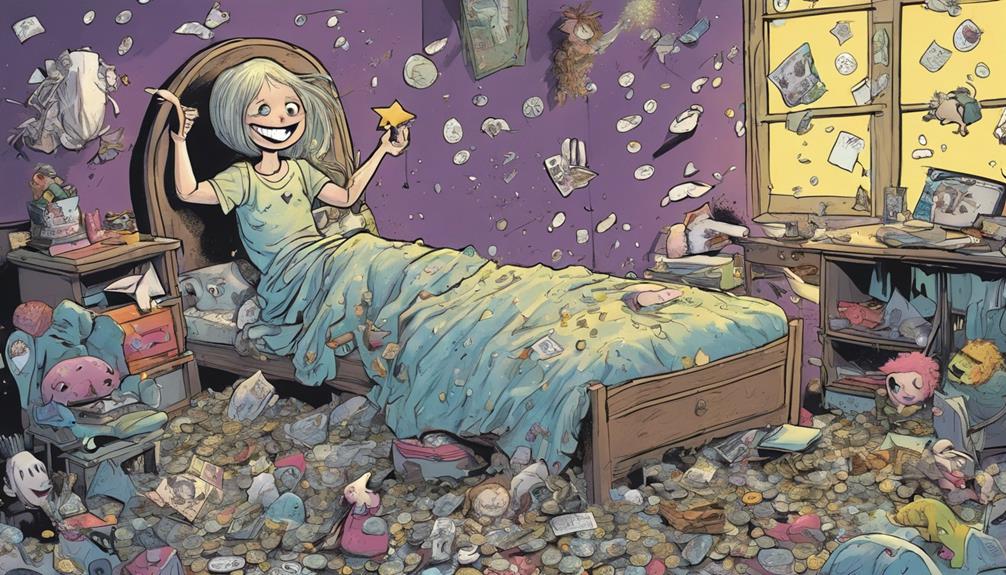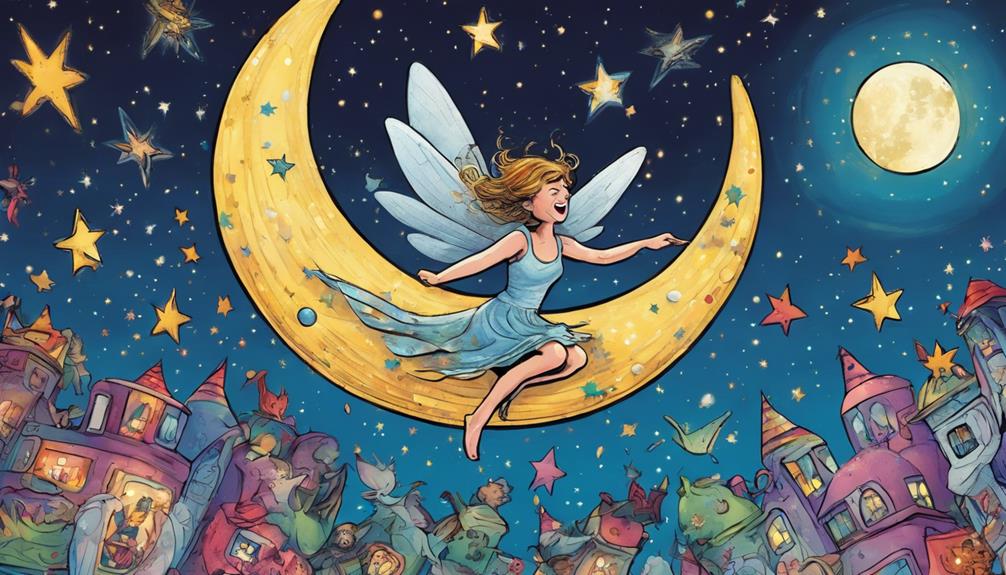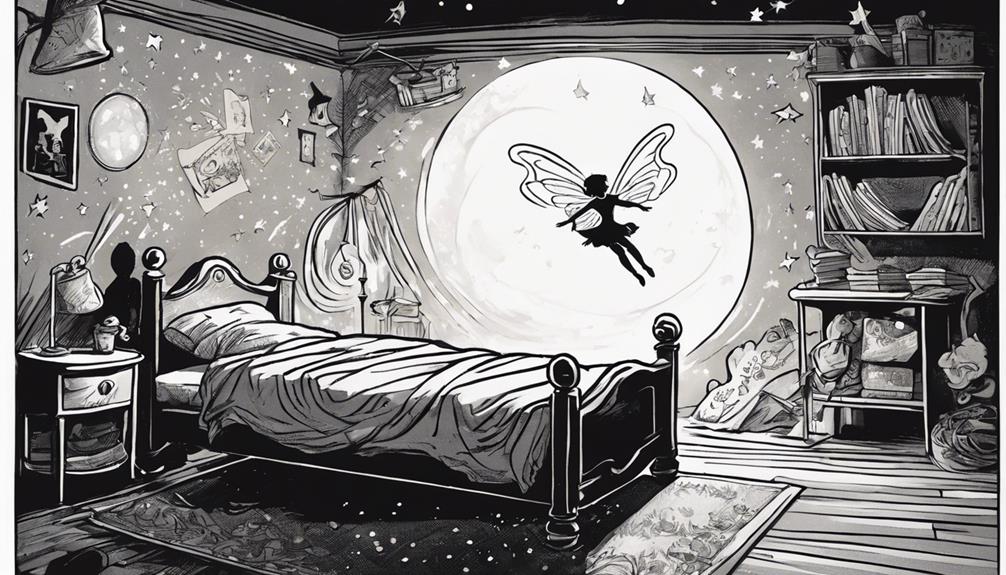The Tooth Fairy exists as more than just a fun character; she's a meaningful symbol in childhood traditions. When you lose a tooth, it marks a significant milestone in your growth, and the Tooth Fairy helps turn that moment into a celebration. This tradition encourages you to take care of your teeth, fostering good dental habits that can last a lifetime. By transforming a potentially distressing experience into excitement, the Tooth Fairy also strengthens family bonds through shared rituals. There's so much more behind this enchanting figure, and you won't believe the fascinating details that await!
Key Takeaways
- The Tooth Fairy originated from Northern European traditions where parents exchanged small payments for lost teeth, marking significant childhood milestones.
- In the Middle Ages, teeth were burned due to witchcraft beliefs, highlighting cultural superstitions surrounding dental health.
- Norse cultures valued children's teeth as good luck charms, indicating historical symbolism and importance placed on oral health.
- The modern Tooth Fairy emerged in the early 20th century, evolving from folklore into a cultural icon that encourages dental hygiene.
The Origins of the Tooth Fairy
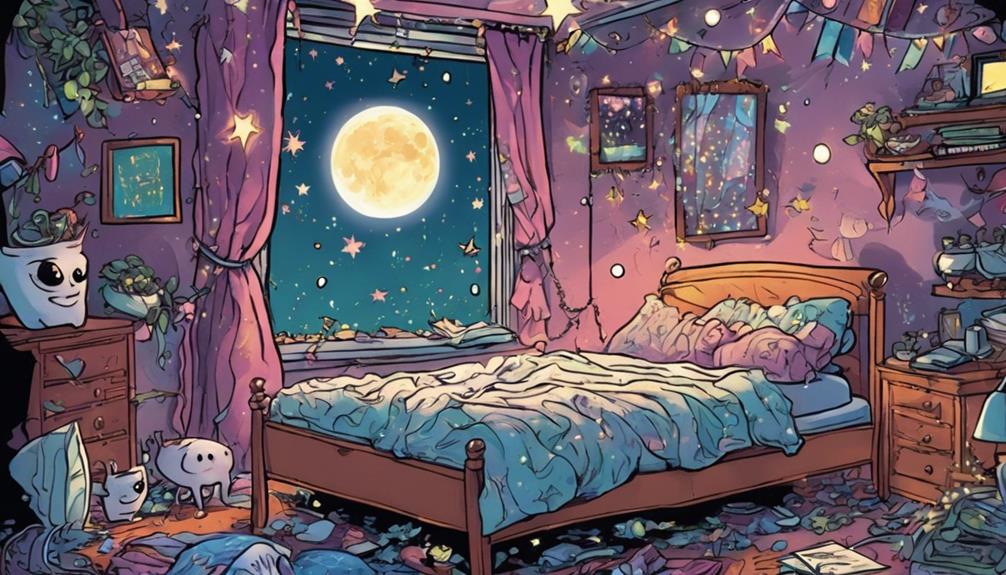
The Tooth Fairy's origins can be traced back to Northern Europe in the late 10th century, where the tradition of 'tand-fe' involved paying children for their lost teeth. In those times, parents would exchange a small payment for their child's tooth, helping to ease the change of losing such an important part of childhood. This practice highlights a cultural understanding of dental loss as a significant milestone, even if the Tooth Fairy real concept hadn't fully formed yet.
As the centuries progressed, attitudes shifted. During the Middle Ages, some cultures viewed children's teeth with suspicion, even burning them due to beliefs about witchcraft. This darker perspective contrasts sharply with the playful image of the Tooth Fairy that we're familiar with today. In Norse cultures, teeth were seen as good luck charms for warriors, reflecting their value in society.
It wasn't until the early 20th century that the modern interpretation of the Tooth Fairy emerged. A Chicago Tribune article suggested children could place their lost teeth under their pillows for gifts, cementing the whimsical character we associate with tooth loss today. This evolution shows how traditions adapt over time, shaping our current understanding of the Tooth Fairy.
Cultural Significance of Tooth Traditions
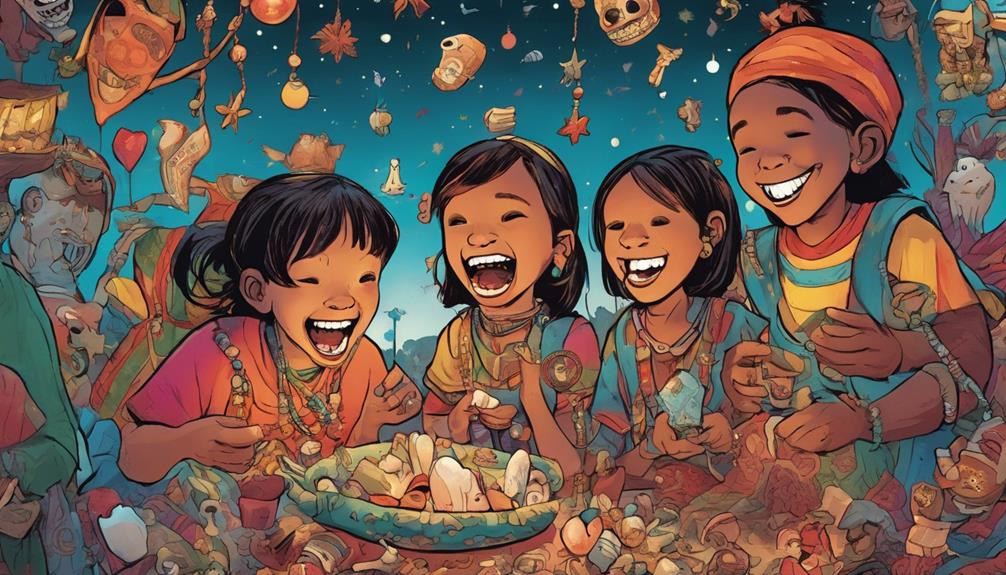
Tooth traditions, including the whimsical practice of the Tooth Fairy, reflect deep cultural values surrounding childhood milestones and the rites of passage associated with growing up. When a child loses their first tooth, it's not just a simple event; it marks a significant change.
In Northern Europe, children received compensation for lost teeth as early as the late 10th century, which underscores the importance placed on these small body parts. During the Middle Ages, teeth were sometimes burned due to beliefs linking them to witchcraft, highlighting their cultural significance. Norse cultures even revered children's teeth for their supposed luck for warriors, showing how deeply embedded the symbolism of teeth is in history.
Today, the modern Tooth Fairy encourages children to embrace this rite of passage with excitement, as they place their teeth under pillows for rewards. Celebrating National Tooth Fairy Days on February 28th and August 22nd further highlights the ongoing relevance of tooth traditions.
These practices not only make losing teeth fun but also strengthen family bonds, creating lasting memories that help children navigate their growth. Ultimately, tooth traditions play an essential role in shaping childhood experiences and cultural narratives.
The Evolution of the Tooth Fairy
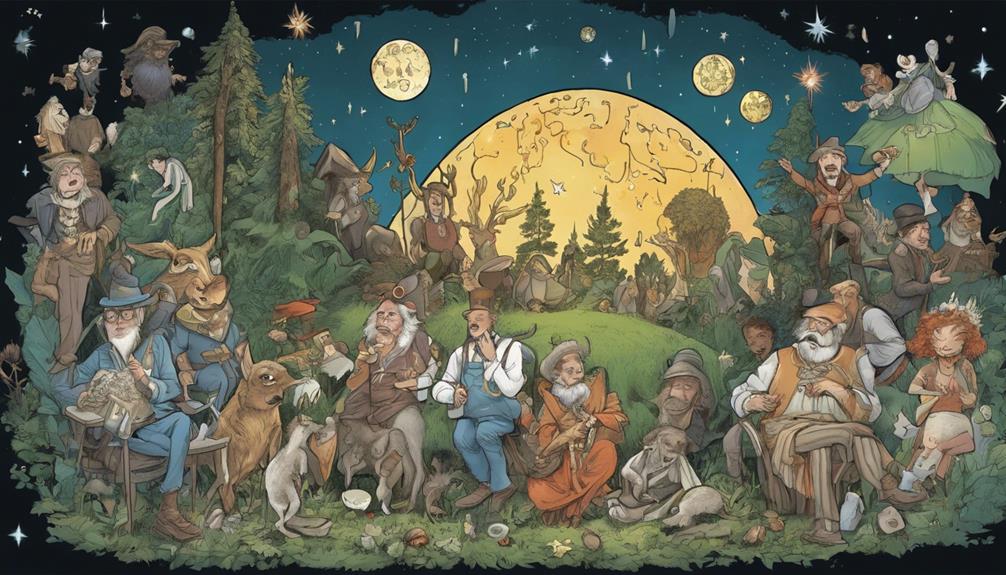
Emerging from centuries of folklore, the Tooth Fairy has transformed from a simple payment tradition into a beloved cultural icon that captivates children's imaginations.
The earliest mention of a tooth fairy-like figure dates back to Northern Europe in the late 10th century when children received a payment called 'tand-fe' for their lost teeth. During the Middle Ages, superstitions led to some teeth being burned, while Norse cultures considered them lucky.
The modern concept of the tooth fairy began in the early 20th century when Lillian Brown suggested in the Chicago Tribune that children place their teeth under pillows for gifts, initially valued at just 5 cents. This idea quickly caught on, and the tooth fairy evolved into a cultural phenomenon, inspiring books and films that reinforced the tradition of rewarding children for losing their baby teeth.
Today, the tooth fairy isn't just about money; she serves as a fun way to engage children in discussions about oral health. By celebrating the loss of baby teeth, the tooth fairy promotes the importance of dental care, making the experience exciting and memorable for kids everywhere.
Magical Experience Vs. Reality

As you navigate the world of childhood, you might find yourself caught between the enchanting stories of the Tooth Fairy and the truths of reality. As the years go by and your belief in the magical being wanes, you may come to realize that the Tooth Fairy is actually your own parents. The tooth fairy’s true identity revealed, you may feel a sense of loss for the innocence and wonder of childhood, but also a newfound appreciation for the love and effort your parents put into making those moments special for you. It’s a bittersweet realization, but one that can deepen the bond between you and your family.
This balance can spark emotional growth, allowing you to explore imagination while also learning about honesty.
Understanding this interplay helps shape your perspective on the magic and the lessons that come with it.
Fantasy Vs. Truth
Exploring the enchanting world of the Tooth Fairy reveals how magical experiences can shape a child's understanding of reality and trust. The fantasy of the Tooth Fairy transforms the loss of a tooth into a celebration, fostering joy and imagination. This playful narrative allows children to engage with the idea of magic, creating a sense of wonder that enriches their early lives.
However, as children grow, they begin to discern the truth behind the fantasy. This realization can be pivotal, influencing their perception of honesty and trust in adults. Conversations about the Tooth Fairy provide a unique opportunity for parents to nurture critical thinking. These discussions blend fantasy with lessons about reality, encouraging children to reflect on what's real and what's make-believe.
Maintaining the magic of the Tooth Fairy can also strengthen family bonds, as shared traditions create lasting memories. Ultimately, the interplay of fantasy and truth in this tradition offers a rich tapestry of experiences. It teaches children to navigate a world where imagination flourishes, yet reality remains anchored in trust and understanding. This balance prepares them for the complexities of life, blending the joy of fantasy with the wisdom of truth.
Emotional Growth Through Imagination
Harnessing the power of imagination, children can turn the experience of losing a tooth into a magical journey that promotes emotional growth and resilience. When they believe in the Tooth Fairy, they transform what could be a distressing moment into an exciting adventure. This imaginative play encourages them to explore their feelings and cope with change more effectively.
Research shows that engaging in fantasy play, like the belief in the Tooth Fairy, enhances children's emotional and social skills. They learn to empathize and interact with others, skills that are essential for their development. By participating in this make-believe, kids grasp complex concepts such as trust, reality versus fantasy, and even the importance of dental care.
As adults, you may find nostalgia for these childhood wonders motivating you to continue traditions like the Tooth Fairy. This not only strengthens family bonds but also creates lasting memories that your children will cherish.
In this way, the Tooth Fairy becomes more than just a whimsical figure; she's a developmental tool that nurtures emotional growth and resilience, helping children navigate life's changes with a sense of wonder and joy.
Impact on Children's Dental Health
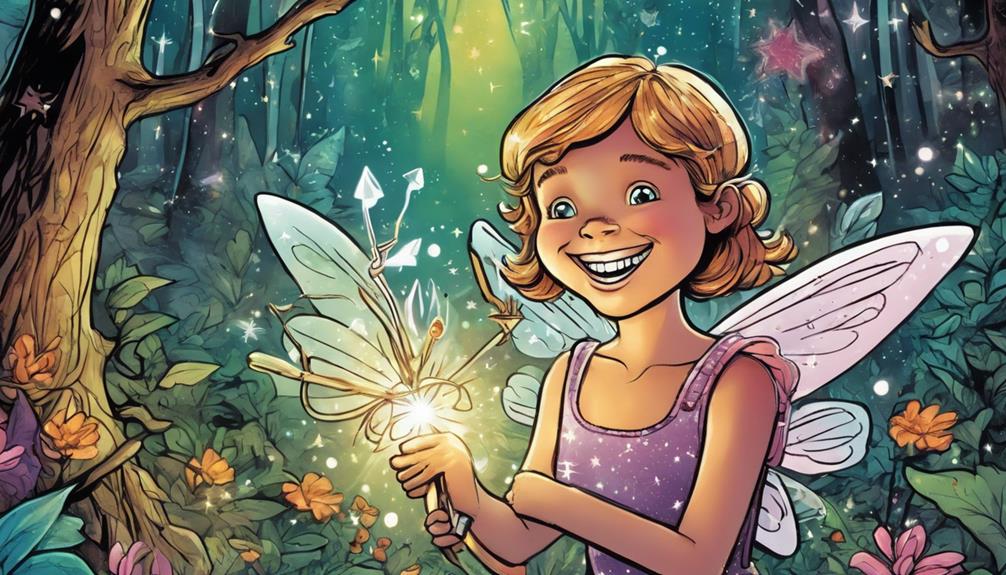
The Tooth Fairy tradition often inspires kids to take better care of their teeth, making dental hygiene a fun part of their routine. When children lose their baby teeth, they often look forward to the Tooth Fairy's visit, which encourages them to embrace the process positively. Research shows that kids engaged with this tradition tend to maintain better oral hygiene practices, associating dental care with rewards.
By promoting the idea that healthy teeth yield higher rewards from the Tooth Fairy, you create a playful incentive for your child to brush and floss regularly. Pediatric dentists even use the Tooth Fairy narrative to ease children's fears about dental visits, transforming them into enjoyable experiences. This approach helps kids view losing teeth not as a distressing event, but as an exciting milestone.
Additionally, the Tooth Fairy can alleviate anxiety related to dental care, fostering a healthy attitude towards oral health from an early age. Instilling these habits now means your child is more likely to carry them into adulthood, resulting in lifelong benefits for their dental health.
The Tooth Fairy in Modern Times

In modern times, the Tooth Fairy has transformed into a beloved cultural phenomenon that adds excitement to losing teeth.
You'll find that pediatric dentists often use this enchanting character to promote good oral hygiene while encouraging imaginative play.
As you explore this tradition, you'll see how it continues to evolve and capture the hearts of children everywhere.
Cultural Phenomenon Evolution
Modern adaptations of the Tooth Fairy reveal how this whimsical figure has transformed into a beloved cultural icon, enriching childhood experiences while promoting dental health.
You may remember the excitement of losing a tooth and finding a surprise under your pillow the next morning. This enchanting tradition not only makes losing teeth less intimidating but also creates lasting memories.
Here are a few reasons why the Tooth Fairy continues to capture hearts:
- Imagination: The Tooth Fairy sparks creativity, inspiring children to dream of magical beings.
- Tradition: Participating in this ritual connects families, creating bonds over shared experiences.
- Encouragement: The promise of a reward motivates kids to embrace good oral hygiene.
- Joy: The thrill of discovering money under the pillow brings happiness and excitement.
Initially, the Tooth Fairy offered just 5 cents, but today, the going rate is around $1, with families often maintaining consistent amounts to keep the magic alive.
As you navigate this cultural phenomenon, it's clear that the Tooth Fairy isn't just about lost teeth; it's about fostering joy and encouraging healthy habits in young lives.
Role in Pediatric Dentistry
Utilizing the Tooth Fairy concept in pediatric dentistry makes discussions about oral health engaging and enjoyable for kids. This playful narrative helps children view dental visits positively, transforming potentially frightening experiences into fun adventures. When kids lose their baby teeth, they naturally associate this milestone with the excitement of the Tooth Fairy, which reinforces the importance of good dental care.
Dr. Brett Blacher points out that the Tooth Fairy encourages positive dental experiences and motivates children to maintain healthy teeth. By linking tooth loss to rewards, kids are more likely to develop a proactive attitude toward their oral hygiene. Studies indicate that when children perceive tooth loss as a positive event, they become more excited about their dental care.
Moreover, the tradition of placing teeth under pillows normalizes the experience of losing teeth. It also complements extensive dental services like cleanings and extractions, making these visits less intimidating. In this way, the Tooth Fairy narrative not only entertains but also serves an essential role in promoting good oral hygiene practices among children, ensuring they grow up with a healthy attitude toward their teeth.
Encouraging Imaginative Play
The Tooth Fairy sparks imaginative play, turning the simple act of losing a tooth into an exciting adventure that strengthens bonds between parents and children. This beloved tradition encourages kids to dream and create stories, making the experience of losing teeth less intimidating.
Here's how the Tooth Fairy enriches your child's life:
- Fosters Creativity: Your child imagines the Tooth Fairy's journey, exploring scenarios that ignite their imagination.
- Builds Anticipation: Each lost tooth becomes a thrilling event, keeping your child enthusiastic for the next milestone.
- Strengthens Family Bonds: Sharing in the Tooth Fairy ritual creates cherished memories that you both will treasure.
- Promotes Oral Health: The excitement of rewards encourages kids to take pride in their dental hygiene.
Through encouraging imaginative play, the Tooth Fairy helps children not only cope with the changes of growing up but also emphasizes the importance of oral health.
By transforming a simple act into an enchanting experience, you're nurturing creativity and emotional connections that last a lifetime.
Celebrating Childhood Milestones
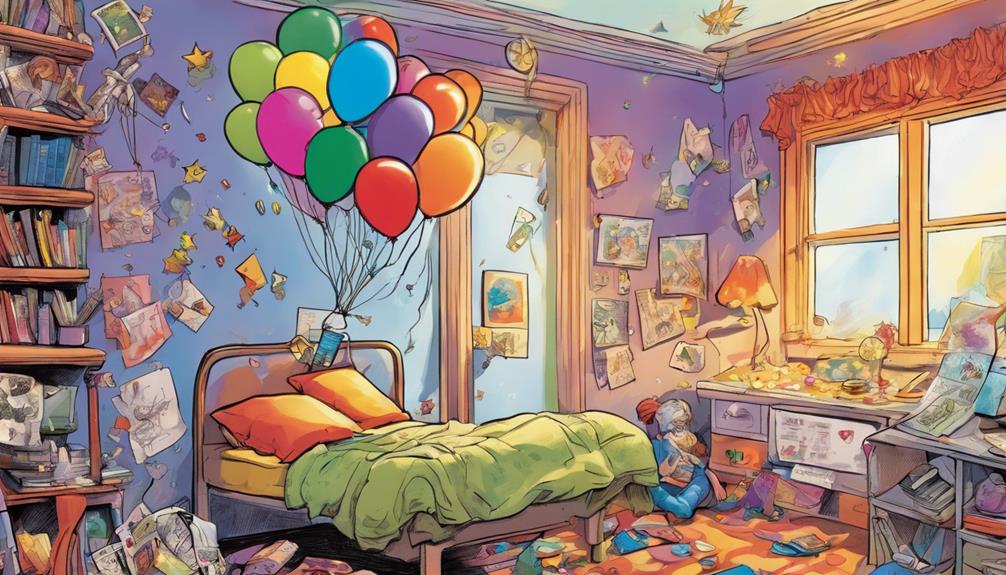
Celebrating milestones like losing your first tooth can turn a simple event into a cherished memory that underscores the magic of childhood. The Tooth Fairy tradition transforms what might be a scary experience into an exciting rite of passage. When your child loses a tooth, it's not just about dental health; it's about creating a moment of joy and anticipation.
On National Tooth Fairy Days, celebrated on February 28th and August 22nd, families can come together to recognize this special tradition. Engaging with the Tooth Fairy encourages your child to take pride in their oral hygiene, reinforcing the importance of caring for their teeth. Each lost tooth becomes a reason to celebrate, marking a significant developmental milestone.
The Tooth Fairy alleviates any fears your child might've about losing teeth, replacing anxiety with wonder. As they place their tooth under the pillow, they're filled with hope for a surprise. This tradition fosters connections within families, creating lasting memories as you share in the excitement.
Frequently Asked Questions
How to Explain the Tooth Fairy Isn't Real?
When explaining the Tooth Fairy isn't real, gently acknowledge their feelings. Share stories about the magic and joy it brings, while emphasizing it's a fun tradition that helps discuss dental health and oral hygiene.
Is the Tooth Fairy Real, Yes or No in Real Life?
No, the Tooth Fairy isn't real in real life. She's a fun myth designed to make losing teeth more exciting for kids. Embrace the magic, but remember it's all part of childhood imagination and tradition.
How Do You Explain Why the Tooth Fairy Didn't Come?
If the Tooth Fairy didn't come, you can explain it's because she was busy or had a mishap. Encourage your child to write a note, making the experience more personal and magical for them.
Why Did the Tooth Fairy Exist?
Did you know that 80% of kids believe in the Tooth Fairy? This tradition exists to ease the anxiety of losing teeth, turning a scary moment into a rewarding experience that encourages good dental habits. It creates a sense of wonder and excitement for children, as they eagerly anticipate the arrival of the tooth fairy and the surprise she will leave in exchange for their lost tooth. The tooth fairy’s magic helps children embrace this natural part of growing up, making the process of losing teeth less intimidating. This tradition also provides an opportunity for parents to reinforce the importance of taking care of their teeth and maintaining good oral hygiene habits.
What is the origin of the Tooth Fairy and why do people believe in it?
The origin of the Tooth Fairy is a blend of European folklore and ancient superstitions. It was believed that burying baby teeth would prevent witches from using them for curses. People believe in the Tooth Fairy as a way to comfort children during the loss of their teeth, despite any new evidence on tooth fairy.
Conclusion
As you tuck your child in at night, you can't help but wonder—what's the real magic behind the Tooth Fairy?
Is it just a whimsical figure, or does she carry deeper meaning?
With each lost tooth, a little piece of childhood fades, but the enchantment remains alive.
You'll find yourself enthusiastically waiting, just like your child, to see what awaits under the pillow.
So, keep the tradition alive, because the magic is just beginning.
